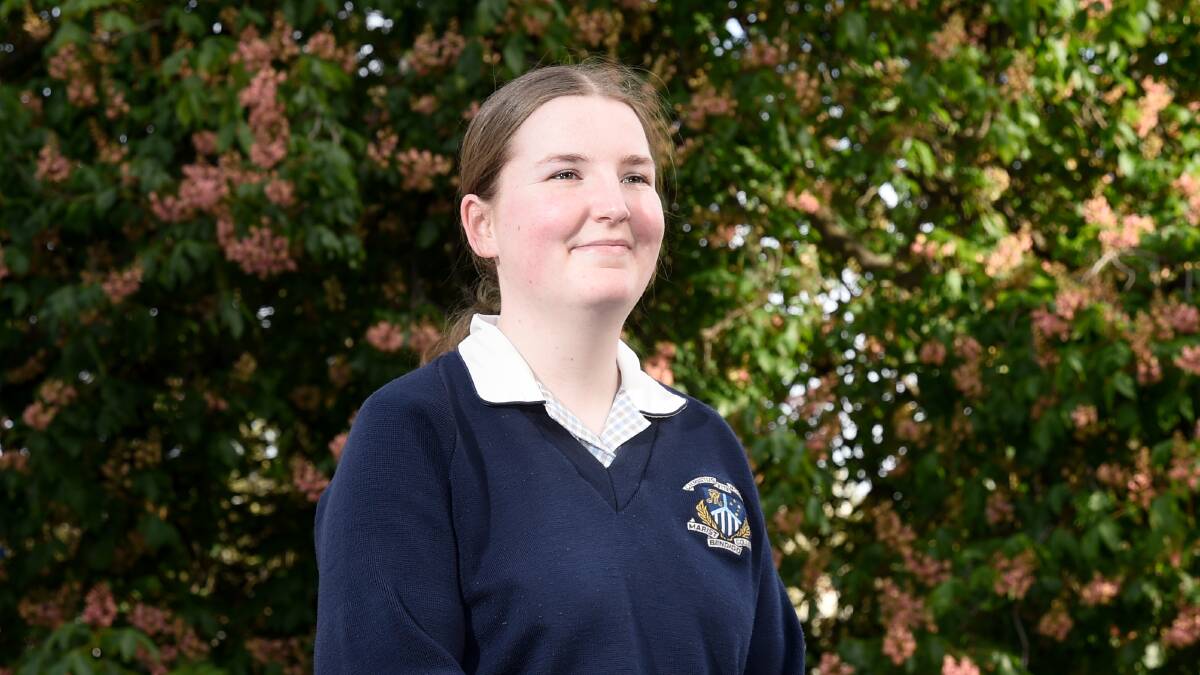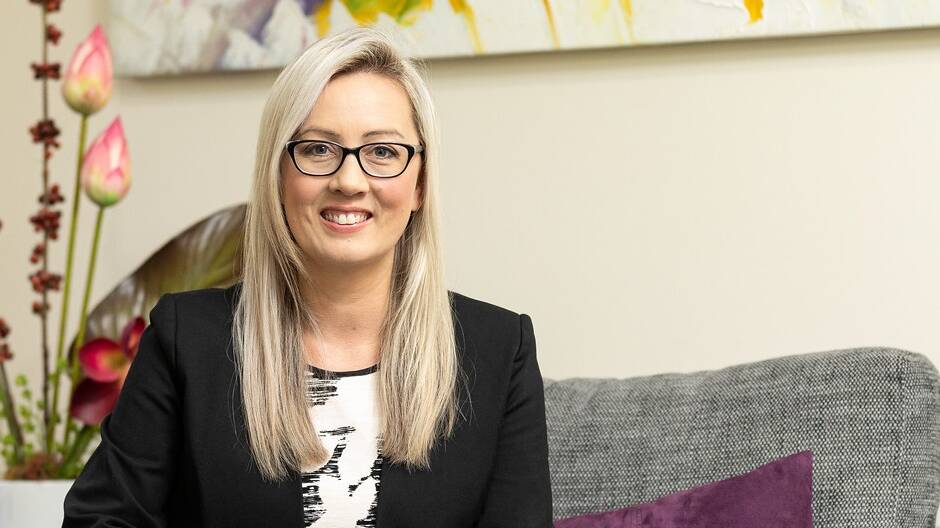
Young Australians are experiencing high levels of "climate grief" brought on by accelerating extreme weather events and natural disasters.
Subscribe now for unlimited access.
or signup to continue reading
Climate grief is the profound sadness, helplessness, guilt, anxiety, dread, or numbness related to species loss and ecosystem decline due to environmental and climate change.
Also known as ecological grief, or eco-grief, it's like other forms of despair - a human reaction to actual and predicted loss.
Australian Psychological Society (APS) president Tamara Cavenett said it was a natural response to an uncertain future but could present in different ways, including concern that Australia is becoming "far less" habitable.
"One of them is definitely anxiety around the future - what it means, what they're experiencing, and even grief about the certainty of the future that they thought that they had," she said.
"I think ... the bushfires, the floods, and some of the disasters that have happened lately have brought it up to the forefront."
High school's hard enough
A report by the Black Dog Institute for the United Nations Climate Change Conference held in Glasgow, Scotland in 2021 found the majority of young people in Australia and the US had anxiety about climate change.
That's backed up by data collated by the APS.
Among them is Jemima Kreutzer, a Marist College student in Bendigo, a regional city inundated in the October 2022 floods in central and northern Victoria.
"I have some big concerns for our native forests and our native ecosystem throughout Victoria because a lot of them are rapidly declining," the 16-year-old said.
Jemima said she was scared about the future and contemplating not having kids herself.
"I don't particularly feel like raising kids in a world that's like this. And I know many of my peers are having the same thoughts."
And it seemed to be getting worse.
"Gen Z have been raised in a world where our ecosystem has been declining," she said.
It can be difficult to deal with that on top of normal life, being a teenager and the challenges and pressures that come with high school.
"You're being told that the world's dying and then you're having to go through school as well," she said.
It felt like the onus was on her generation to fix an inherited problem.
"It kind of feels a little bit like it's just been put all on us to fix it and I know a lot of people hold resentment [towards] our older generations," the Year 11 student said.
"I was like, well I'm being told about it.
"What am I meant to do about it?"
The new normal
When Lily Kerley turned on her TV in the summer of 2020, she never expected to see her home town on fire.
The quiet coastal town of Peregian Beach on Queensland's Sunshine Coast lay in the path of the Black Summer fires that burnt through 24 million hectares of land across five states, claimed 33 lives, destroyed 3,000 homes, and killed three billion animals.
"I'd never thought of the beach being on fire. It just doesn't happen; it didn't feel possible," she said.
While the 21-year-old was already involved in climate activism at university, her cause had never felt so close to home.
"I was pretty aware that weather events throughout my childhood were worsening in severity and affecting people like they never had before but I was still thinking, 'Holy sh-t, that's my mum's house'," Ms Kerley said.
"I just sat on the couch, watched the news, and cried.
"My parents weren't having the same feeling of fear and uncertainty at 21," she said.
"They weren't considering, 'Should I have children at all because I don't want to have a child whose future is going to be as terrifying as mine already has been at 21'."
When it was finally safe for Ms Kerley to return to Peregian from her share house in Brisbane, the back of the family home was destroyed.
Her family spent days unsuccessfully scouring ash, burns and the reek of smoke out of furniture.
"Mum ended up throwing everything out," she said. "I think it was a last-minute attempt to take any control."
How to deal with climate grief
Anxiety and grief around climate change can decrease with action, psychologist Tamara Cavenett said.
Patients felt more in control and even uplifted being around smart, passionate individuals working towards the same goal.
"And that can be quite comforting," she said.
But Ms Cavanett warned against climate action that was "all encompassing".
"[Make] sure that it's not totally dominating every minute ... then it has that more positive action feeling around it," she said.

The APS president said it was important to remember addressing climate change was a collective effort.
"Everyone doing something little in the right direction, rather than necessarily feeling that they have to do everything," she said.
Young people should give themselves space to worry but also get on with life.
Self care - nutrition, exercise, socialising, fostering support networks - was important for people feeling anxious or overwhelmed.
Easing the climate pain for kids
Back in Bendigo, Jemima channels her grief into school activism through the Marist Climate Collaboration which educates students about waste reduction, recycling, and biodiversity.
"If we start educating people early in school, especially for the younger year levels - because we're a prep to 12 school - it helps a lot more," she said.
She wanted to help bring younger kids into a world that's healing.
"I want to help ease their pain," Jemima said.
The role of resilience and hope
Ms Cavenett said the COVID-19 pandemic showed our resilience as a society.
"We showed our resilience as a community; we all got together, we drove in one particular direction," she said.
"It really shows how in a very short period of time we can mobilise actions.
"It's just proof of what we're all capable of."
Petula's story

As a young person living in regional Australia, I see the effects of climate change first hand.
The changes to our climate and ecosystem are evident in the floods, droughts, and other natural disasters that we are experiencing today.
I fear for myself, my friends and family, and my community.
It's clear that climate change will not only affect our mental health, but also have major ramifications for our land and seas, the temperature, our physical health, our homes (potentially displacing us too), our animals, our livelihoods, and the cost of living.
But there is hope.
We've shown our resilience as a nation before with the pandemic and we can do it again.
You can read the full Young and Regional: Our Climate Future series here.

